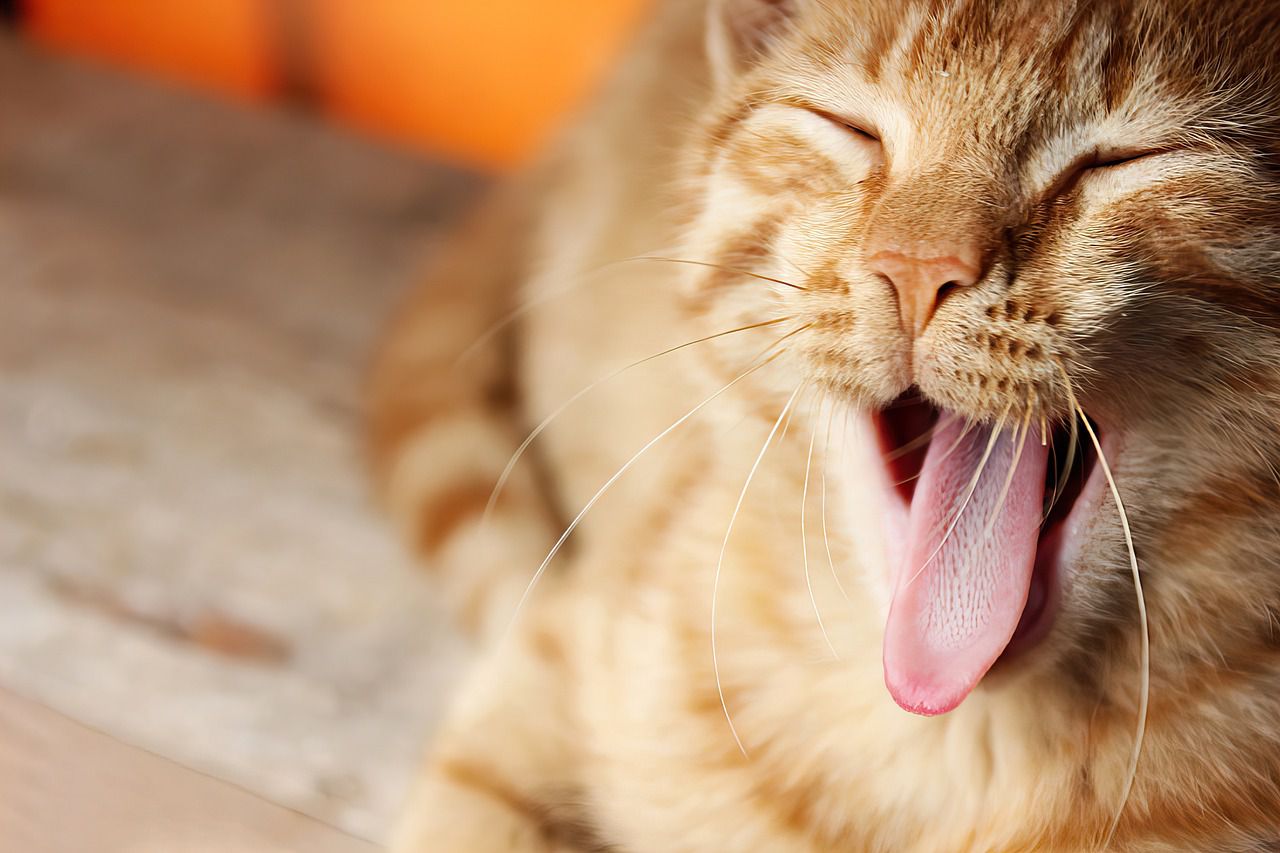Whiskers, also known as vibrissae, are an essential sensory tool for cats.
They play a crucial role in helping cats navigate their environment, detect nearby objects, and sense changes in their surroundings.
While most cat breeds have whiskers, there are certain cases where cats may appear to have shorter or sparse whiskers.
Breed-Specific Characteristics
Some cat breeds are known for having shorter or less prominent whiskers due to their specific genetic traits.
For example, the Cornish Rex breed is known for its curly coat, and their whiskers can also be curly and appear shorter than those of other breeds.

Selective Breeding
In some instances, selective breeding for specific physical traits may inadvertently affect the length or prominence of a cat's whiskers.
Breeding for certain coat patterns or other characteristics might indirectly impact the whiskers.
Individual Variation
Just like humans can have individual variations in physical traits, such as hair texture or eye color, cats within the same breed can also exhibit variations in whisker length, thickness, and appearance.
Health Factors
Sometimes, health conditions or nutritional deficiencies can affect the overall appearance of a cat's whiskers.
Malnutrition or certain medical conditions might lead to thinner or less prominent whiskers.
Growth Cycles
Whiskers, like other types of hair, have growth cycles.
There may be times when a cat's whiskers appear shorter due to being in a particular phase of their growth cycle.









